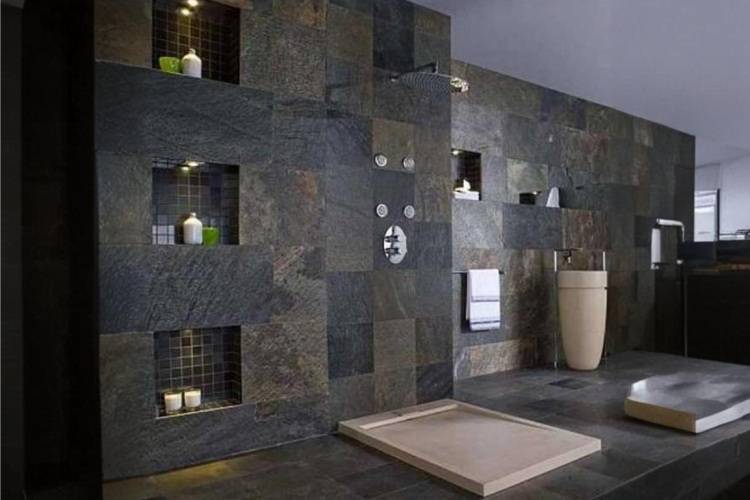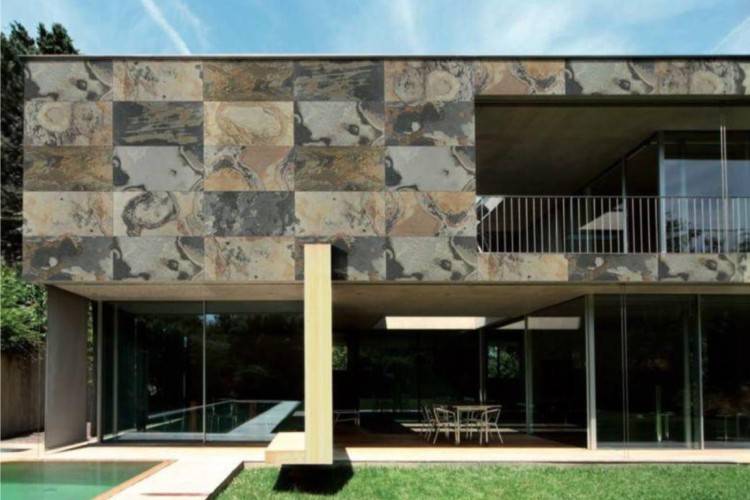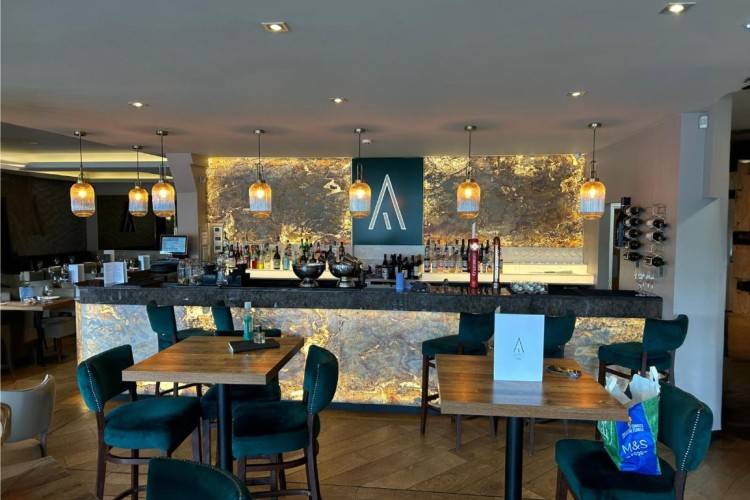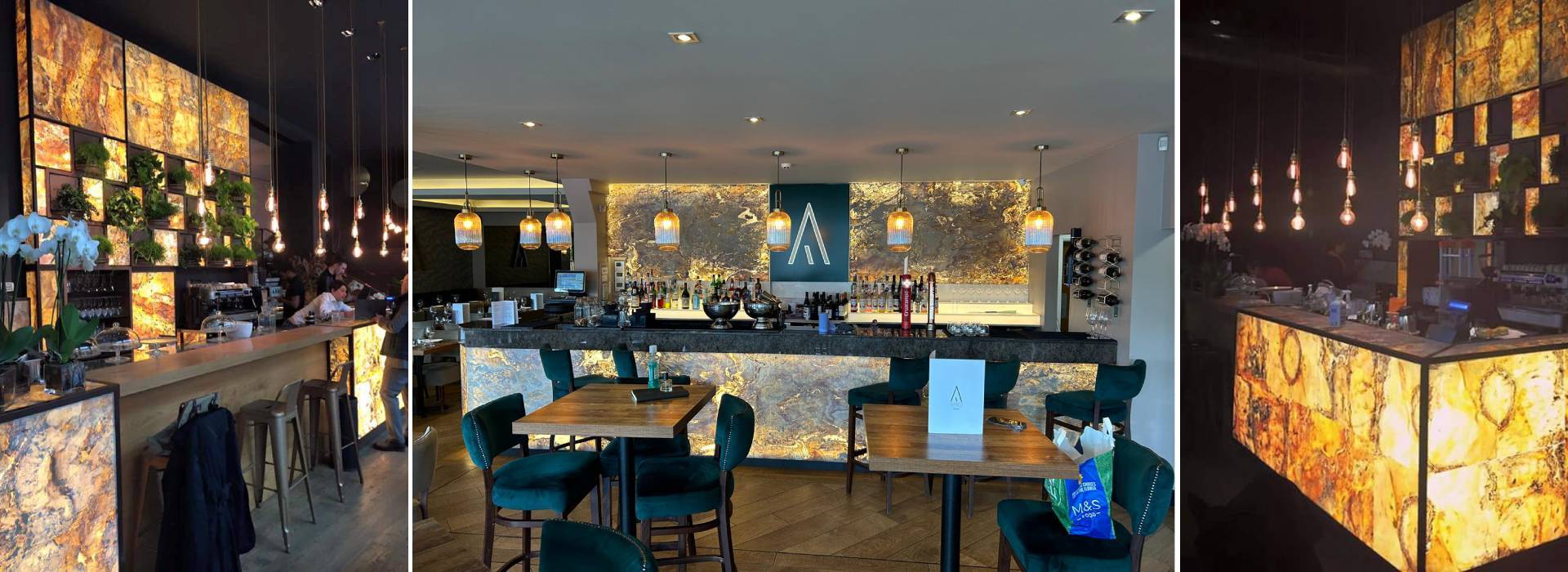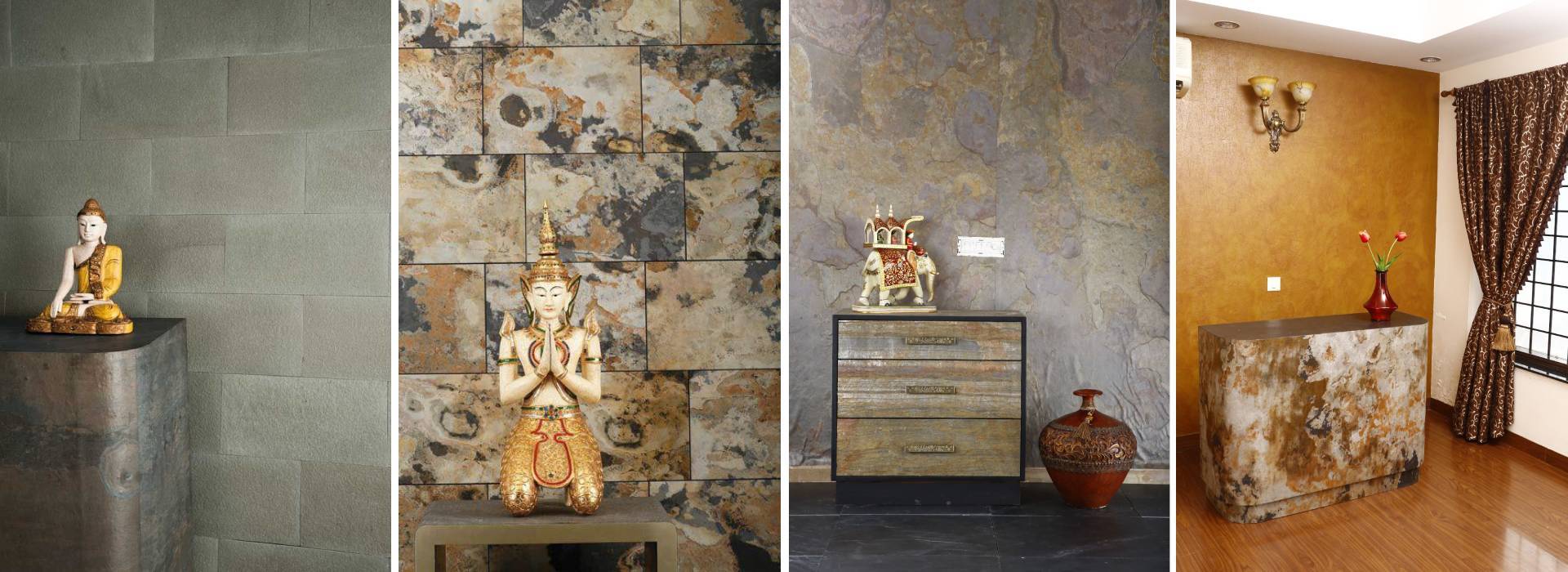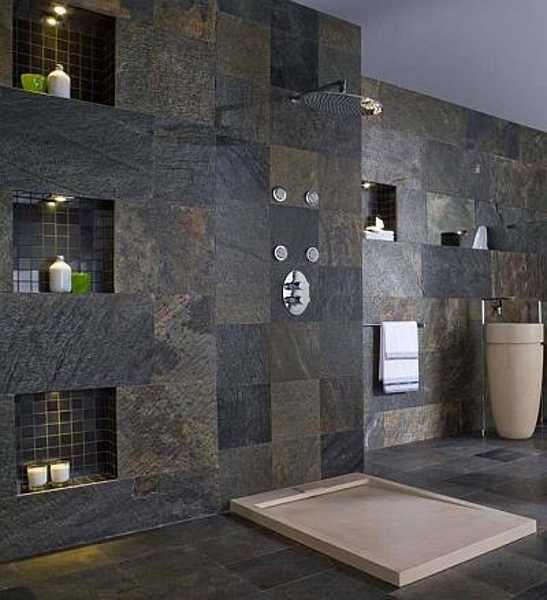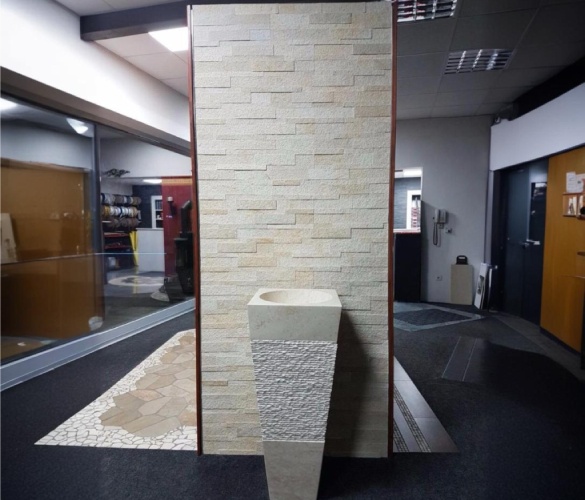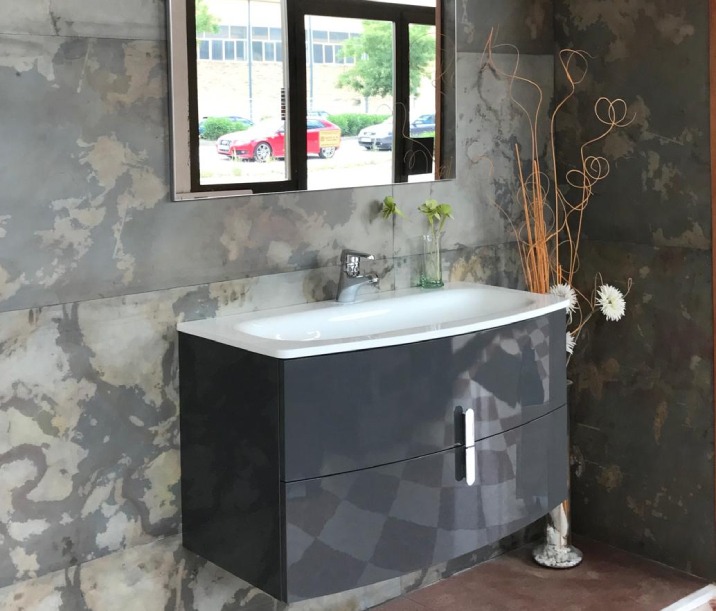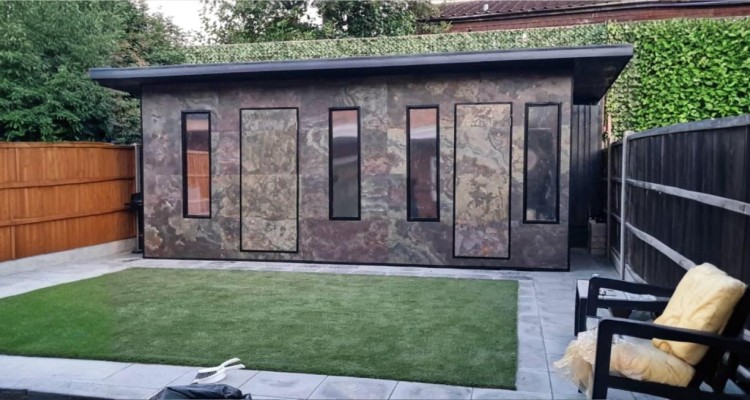Leading Flexible Top Stone Veneer & Stone Laminate Suppliers in India
Embrace the timeless elegance of nature – Flexible Stone Laminate Suppliers in India the essential touch to transform your architectural dreams into reality.
Elevate your space with our premium selections: the versatile Flexible Stone Veneer, the light-diffusing beauty of Translucent Veneer, and the convenient elegance of 3D Peel & Stick Wall Panel Cladding. Each product is a promise of effortless sophistication and enduring appeal for spaces that speak volumes.
Sizes Available
61×122, 105×210, 122×244, 122×275, 122×300, 122×305 cm
Customized sizes are also available.





